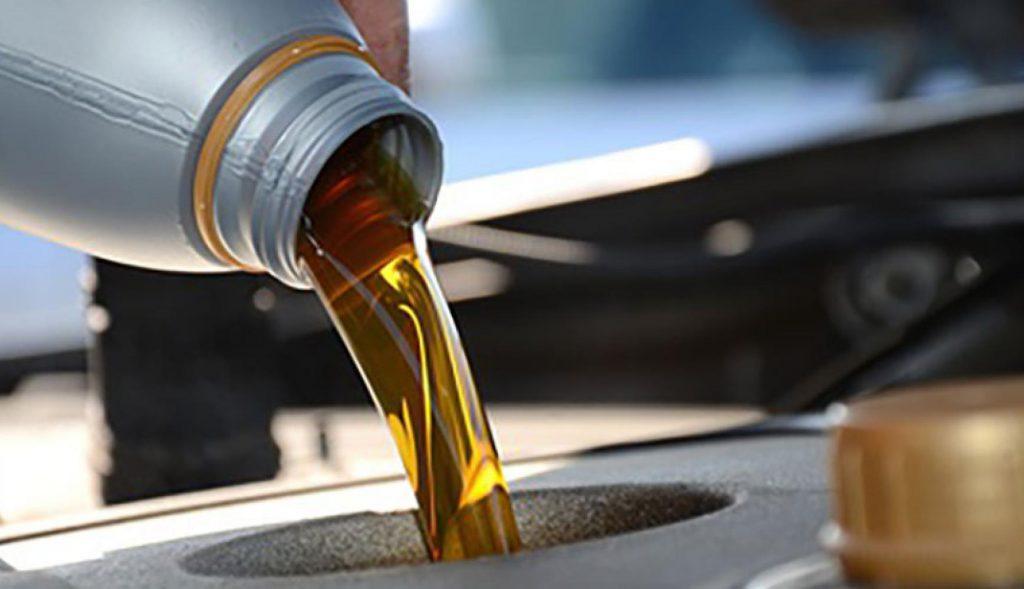Regular maintenance is crucial for the longevity and performance of your vehicle, and one of the key components in maintaining a healthy transmission is the transmission fluid. Over time, transmission fluid degrades and loses its effectiveness, leading to potential issues such as overheating, erratic shifting, and even transmission failure. Therefore, knowing when and how to change your transmission fluid—and understanding the associated costs—can save you from expensive repairs down the road. This article provides a comprehensive cost breakdown for your next transmission fluid cost change.
Importance of Transmission Fluid Change
Transmission fluid plays a critical role in the operation of both automatic and manual transmissions. It lubricates moving parts, reduces friction, and helps cool the transmission system. Without proper maintenance, old or degraded transmission fluid can cause a variety of problems, including:
- Sluggish or jerky gear shifts
- Overheating of transmission components
- Increased wear and tear
- Potential transmission failure
Regularly changing the transmission fluid can prevent these issues, ensuring smooth performance and prolonging the lifespan of your transmission.
Factors Affecting the Cost of Transmission Fluid Change
Several factors influence the cost of changing your transmission fluid. Understanding these can help you budget more accurately.
1. Type of Transmission Fluid
There are different types of transmission fluids, including conventional, synthetic, and specialty fluids designed for specific vehicle makes and models. Synthetic fluids tend to be more expensive but offer superior performance and longevity.
2. Quantity of Fluid
The amount of fluid your vehicle requires depends on its make and model. Larger vehicles or those with more complex transmission systems may need more fluid, increasing the overall cost.
3. Labor Costs
Labor costs can vary significantly depending on where you have the service performed. Dealerships typically charge higher rates than independent repair shops. Additionally, the complexity of the job can affect labor time and costs.
4. Additional Services
Sometimes, a transmission fluid change is part of a broader service that includes a transmission filter replacement, pan gasket replacement, or a complete transmission flush. These additional services can increase the overall cost.
Average Cost Breakdown
To give you a clearer picture, here’s a detailed breakdown of the average costs associated with a transmission fluid change.
1. Transmission Fluid
- Conventional Fluid: $5-$10 per quart
- Synthetic Fluid: $10-$20 per quart
- Specialty Fluid: $15-$30 per quart
The total cost for the fluid itself can range from $50 to $150, depending on the type and quantity required.
2. Labor Costs
- Independent Repair Shops: $50-$100 per hour
- Dealerships: $100-$150 per hour
The labor time for a transmission fluid change typically ranges from 1 to 2 hours. Therefore, labor costs can range from $50 to $300.
3. Additional Services
- Transmission Filter Replacement: $50-$100
- Pan Gasket Replacement: $50-$150
- Complete Transmission Flush: $150-$300
Combining these elements, a basic transmission fluid change can cost between $100 and $300. If additional services are required, the cost can rise to $400 or more.
DIY vs Professional Service
One way to save on transmission fluid change costs is by doing it yourself. However, this requires a certain level of mechanical skill and the right tools.
Benefits of DIY
- Cost Savings: The primary benefit is saving on labor costs. You only pay for the fluid and any necessary tools.
- Convenience: You can perform the service at your own pace and on your own schedule.
Challenges of DIY
- Complexity: Changing transmission fluid can be more complicated than other maintenance tasks, especially for vehicles with complex transmission systems.
- Mess: The process can be messy, as transmission fluid is difficult to contain and clean up.
- Risk of Mistakes: Incorrectly performing the fluid change can lead to more significant problems, potentially requiring professional intervention and added costs.
Tips for Reducing Costs
1. Shop Around
Get quotes from multiple repair shops to find the best price. Don’t forget to check local garages, as they often offer competitive rates.
2. Look for Coupons and Discounts
Many repair shops and dealerships offer promotions or discounts on maintenance services. Keep an eye out for these deals to save money.
3. Combine Services
If your vehicle is due for multiple maintenance tasks, combining them in one visit can sometimes reduce overall labor costs.
4. Use Quality but Affordable Fluids
While it’s essential not to compromise on quality, you don’t necessarily need the most expensive fluid. Consult your owner’s manual and consider quality conventional or synthetic fluids that meet your vehicle’s specifications.
5. Maintain Regular Service Intervals
Staying on top of regular maintenance can prevent more significant issues and higher costs down the line. Follow your manufacturer’s recommended service intervals to keep your transmission in good shape.
Conclusion
Budgeting for a transmission fluid change involves understanding the various factors that contribute to the overall cost. By knowing what to expect and exploring ways to save, you can ensure that your vehicle remains in good working order without breaking the bank. Regular maintenance, including timely transmission fluid changes, is essential for preventing costly repairs and extending the lifespan of your vehicle. Whether you choose to perform the service yourself or take your vehicle to a professional, being informed and proactive about your transmission maintenance will pay off in the long run.





Comments